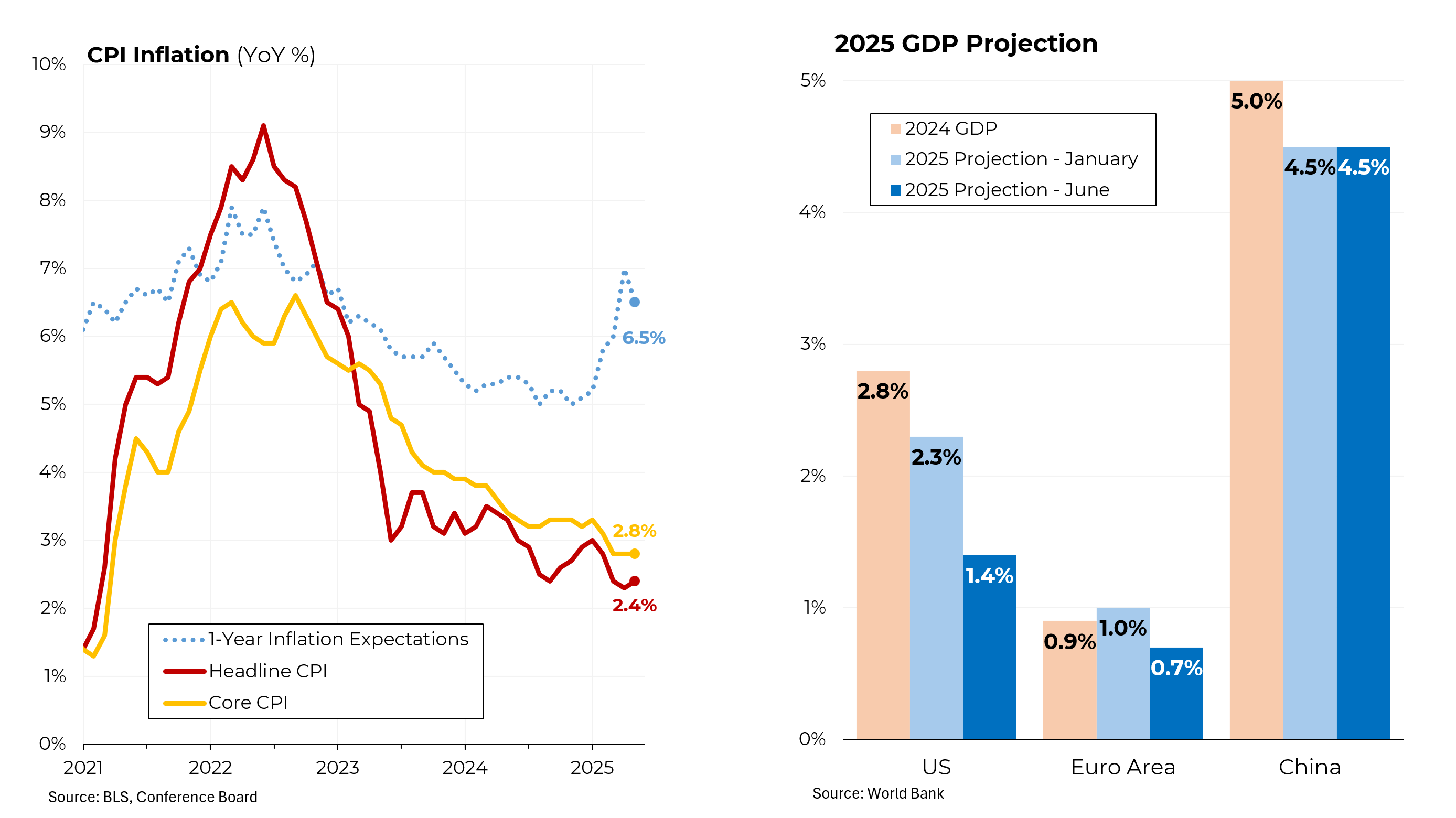Originally published in the New York Times
When President Bush sent his new budget to Congress yesterday, he trumpeted a continuing decline in the deficit and projected a swing back into the black by 2012.
But the accounting in the thick volumes issued by his Office of Management and Budget bears about as much similarity to the practices of private sector companies as Sanskrit does to Chinese. For sometimes obscure and sometimes political reasons, the federal government reports its finances in a way that portrays them far more favorably than they deserve.
The “official” deficit figure for the 2006 fiscal year is just under $250 billion. But a more accurate calculation would indicate a deficit nearly three times higher, and that is even without including some vast obligations the government owes. And while a strong economy is pushing down that headline deficit, the government’s financial commitments actually grew more rapidly last year than in 2005.
In fact, the federal government itself obliquely acknowledges this chimera in a flotilla of other reports, including the obscure Financial Statement of the United States, prepared by the Government Accountability Office using methods closer to what a shareholder would find in an annual report.
These adjustments concentrate on one gap in federal budget bookkeeping: the government’s failure to properly account for the cost of pensions for its own workers. Simply incorporating this liability would increase the federal deficit by roughly $200 billion.
But the official accounting is also misleading another way — specifically, in the way it handles Social Security. In 2006, the federal government received $185 billion more in Social Security taxes than it paid out in benefits. Unlike a private company, which keeps such overages in its pension fund to cover future benefits, the White House pockets the money and declares the deficit to be smaller.
Interestingly, until 1968, the federal government followed private sector practice by putting trust funds like Social Security in separate budgetary silos. Then President Lyndon B. Johnson appointed a commission that brought these programs into a new “unified budget.”
While the commission argued that a single federal budget would be less confusing and more reflective of the government’s overall impact on the economy, skeptical commentators noted the salubrious effect — in the midst of the Vietnam era guns-and-butter debate — of wrapping in the Social Security surplus.
Even if we adjusted properly for pensions and entitlements, we would leave unaddressed the largest financing gap, unheralded by President Bush yesterday: by some estimates, $39 trillion would have to be set aside now to pay for Social Security, Medicare and similar benefits that have already been promised. Just a year ago, those future obligations were $3 trillion less. Taken as a whole, the federal government’s commitments have grown from $20 trillion in 2000 to $50 trillion today.
To be sure, arcane and even misleading accounting policies long predate the current administration; for the past 10 years, the G.A.O. has cited “material weaknesses in financial reporting” by the government. In recent Congressional testimony, David M. Walker, comptroller general of the accountability office, said, “Our fiscal and financial condition is worse than advertised.”
And of course, the private sector has its shortcomings, particularly in providing medical benefits to retirees. But when it comes to pension obligations, the disparity is striking. Just two weeks ago, the consulting firm Towers Perrin reported that at the end of 2006, the pension funds of the Fortune 100 companies were actually overfinanced.
Meanwhile, in Washington, the damage from gaming federal accounting idiosyncrasies grows exponentially. When President Johnson created the unified budget for the 1969 fiscal year, the ultimate effect was to turn a deficit of $507 million into a surplus of $3.2 billion. Today, our budgetary sleight-of-hand obscures hundreds of billions of dollars of shortfalls.
Sadly, the solutions to this problem are well known and painful: more revenues (yes, including from rolling back President Bush’s tax giveaway to the rich) or less spending (at long last, public outrage seems to be curbing the pork barrel “earmarking” process in Congress).
But we’ll have to go further than that. To make meaningful progress, we will need to tackle Social Security and Medicare. One glimmer of hope regarding Social Security has emerged from Treasury Secretary Henry Paulson, whose many years of studying corporate financial statements doubtless contribute to his offering to work toward solutions with “no preconditions.” Both Democrats and Republicans should pull up chairs at Secretary Paulson’s table with open minds.
Building a political consensus behind difficult measures would be easier if the public were more accurately apprised of our fiscal condition. Unfortunately, simply importing private sector accounting practices wouldn’t properly express the complexity of the federal government’s activities and obligations.
Instead, we need to elevate “accrual accounting,” which better measures the government’s future pension responsibilities, to the same level of public visibility as the “cash accounting” figures that are now emphasized. And our primary measure of our deficit should exclude the Social Security surplus. Finally, our obligations for future entitlements payments — the $39 trillion — should also be emphasized in reports like today’s.
Back in 1802, Thomas Jefferson beseeched his Treasury secretary to adopt finances for America “as clear and intelligible as a merchant’s books” so that “every man of any mind in the union should be able to comprehend them.” More than 200 years later, that advice remains regrettably unheeded.
The Sarbanes-Oxley Act tried to reform misleading private sector practices. The federal government needs a similar effort.





